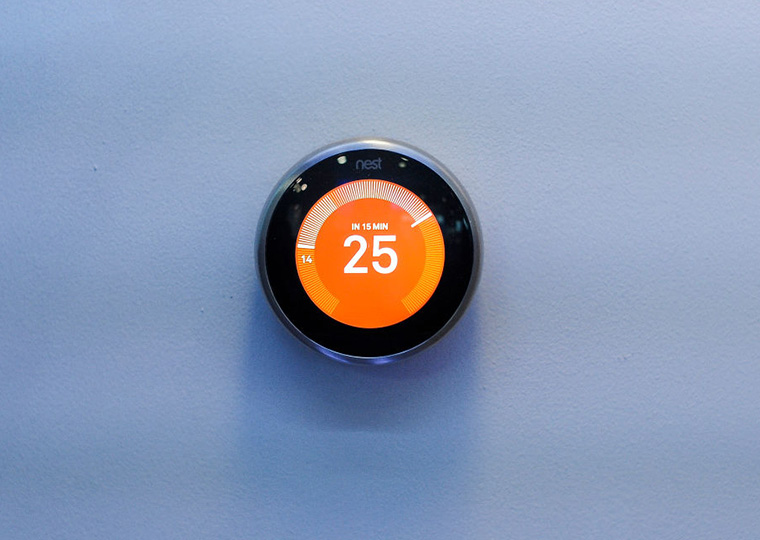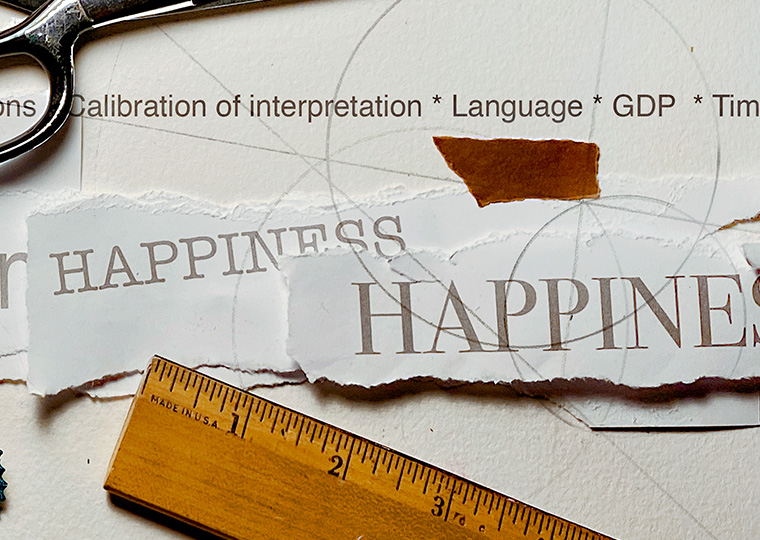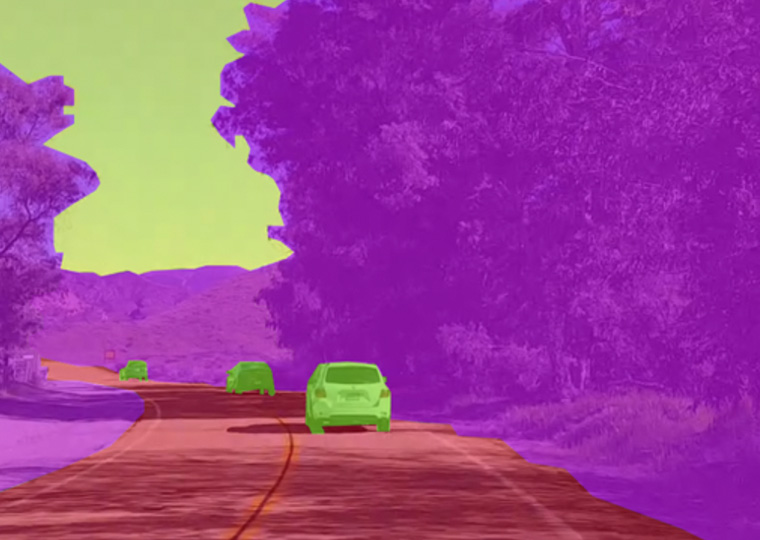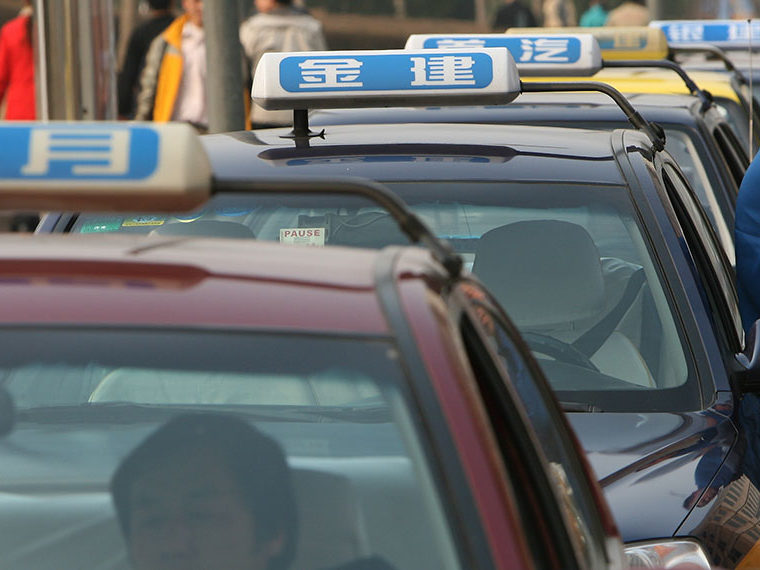Queuing models aren’t simple but offer big potential service improvements
It’s not easy being a ride-share driver these days due to heavy competition and rising costs. Then again, it’s not easy on the other end of the phone, standing at the airport, watching and waiting as a ride request is repeatedly declined and passed on to other drivers. It takes an average of 10 seconds for a driver to decide to decline a trip. That means a rider with a trip offering a less lucrative fare can be left waiting two minutes by the time the top 12 drivers in a queue have declined the ride.
At this point, many riders will cancel their trip request and the ride-share platform loses out on the business. Frustration all around.
Opt In to the Review Monthly Email Update.
While matching platforms have significantly changed our lives as they connect us with gig workers who deliver our dinner, run our errands and get us from point A to point B, there is clearly still room for improvement in their design.
Gaming the System
There are unintended consequences of simply matching drivers to jobs by proximity. Amazon drivers have been known to hang their smartphones in trees near Amazon delivery stations and Whole Foods stores, in order to appear even closer and gain higher priority for job offers.
And a ride-share matching policy using first-in, first-out creates the previously described cherry-picking by those at the front of the queue, causing excessive wait times for riders whose destinations don’t offer high fares.
Last-in, first-out would penalize the cherry-pickers for waiting as their time in the queue rises but is considered an extremely unfair system by most. It’s also easily manipulated by drivers leaving the queue and then rejoining to gain priority. Alternatively, requiring drivers to take every trip offered in a FIFO system would force them into a lottery where it’s possible to receive a low fare after waiting two hours in the queue.
In a working paper, UCLA Anderson’s Francisco Castro, Columbia University’s Hongyao Ma, Uber Technologies’ Hamid Nazerzadeh, and the University of Washington’s Chiwei Yan endeavored to develop a queuing method that could make matching policies fairer. Testing of their method on real-world data in airport settings suggests that it is not only more fair, but benefits both drivers and riders as it improves revenues and reduces rider wait times.
Keeping Everyone Happy
Castro, Ma, Nazerzadeh and Yan explored the idea of offering the less lucrative trips to drivers further down the queue rather than starting them at the front of the queue. Drivers further down the line are incentivized to accept a lower fare since they can jump the queue by accepting the ride.
However, this simple solution still wasn’t quite fair. Drivers at the front of a queue could have different priorities for certain destinations. For example, in this scenario, trips back to downtown Chicago from Chicago Midway International Airport would only be offered to drivers lower down in the queue because these trips pay much less than trips out to the suburbs. This ends up being unfair to drivers at the front of the queue who might prefer to drive back to downtown.
With this in mind, the researchers designed a FIFO method that groups drivers by their order and time in the queue. In the first group might be the first 10 drivers, then drivers in queue positions 11 to 20 would be in the second group, and so on.
Each new ride request is then offered to one random member in the first group. If that driver declines the fare, then it moves to the second group where it is offered to one random member. The fare continues to be offered in this fashion down the line of groups until it is accepted. Since the fare moves more rapidly down the queue by about 10 jumps at a time, it is accepted sooner by drivers facing an otherwise long wait in the queue. The method enables drivers at the front of the queue to see all fare destinations while still giving them priority access to the higher fares.
Using Uber, Lyft and Census Tract data provided by the city of Chicago, simulations of this method were run. The researchers specifically focused on rides from Chicago O’Hare International Airport, but Midway airport rides were also tested. The simulations suggested that, in comparison to a strict FIFO approach, this randomized FIFO method yielded substantial improvements in platform revenue and the throughput of rides. The variability in driver earnings was also reduced.
The research by Castro, Ma, Nazerzadeh and Yan could prove useful to other companies that use gig workers and face the same issues of incentive alignment and fairness.
Featured Faculty
-
Francisco Castro
Assistant Professor of Decisions, Operations and Technology Management
About the Research
Castro, F., Ma, H., Nazerzadeh, H., & Yan, C. (2021). Randomized fifo mechanisms. arXiv preprint. arXiv:2111.10706. https://doi.org/10.48550/arXiv.2111.10706






